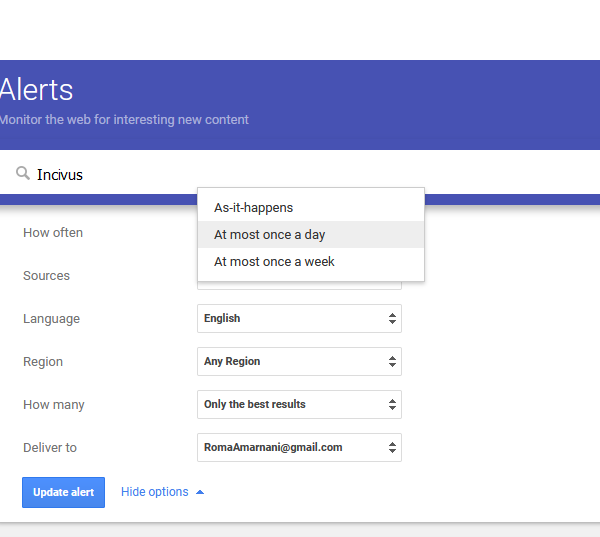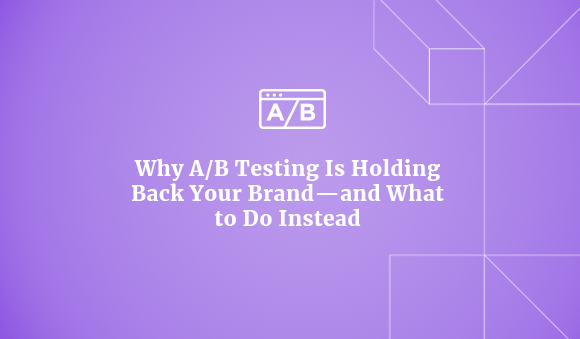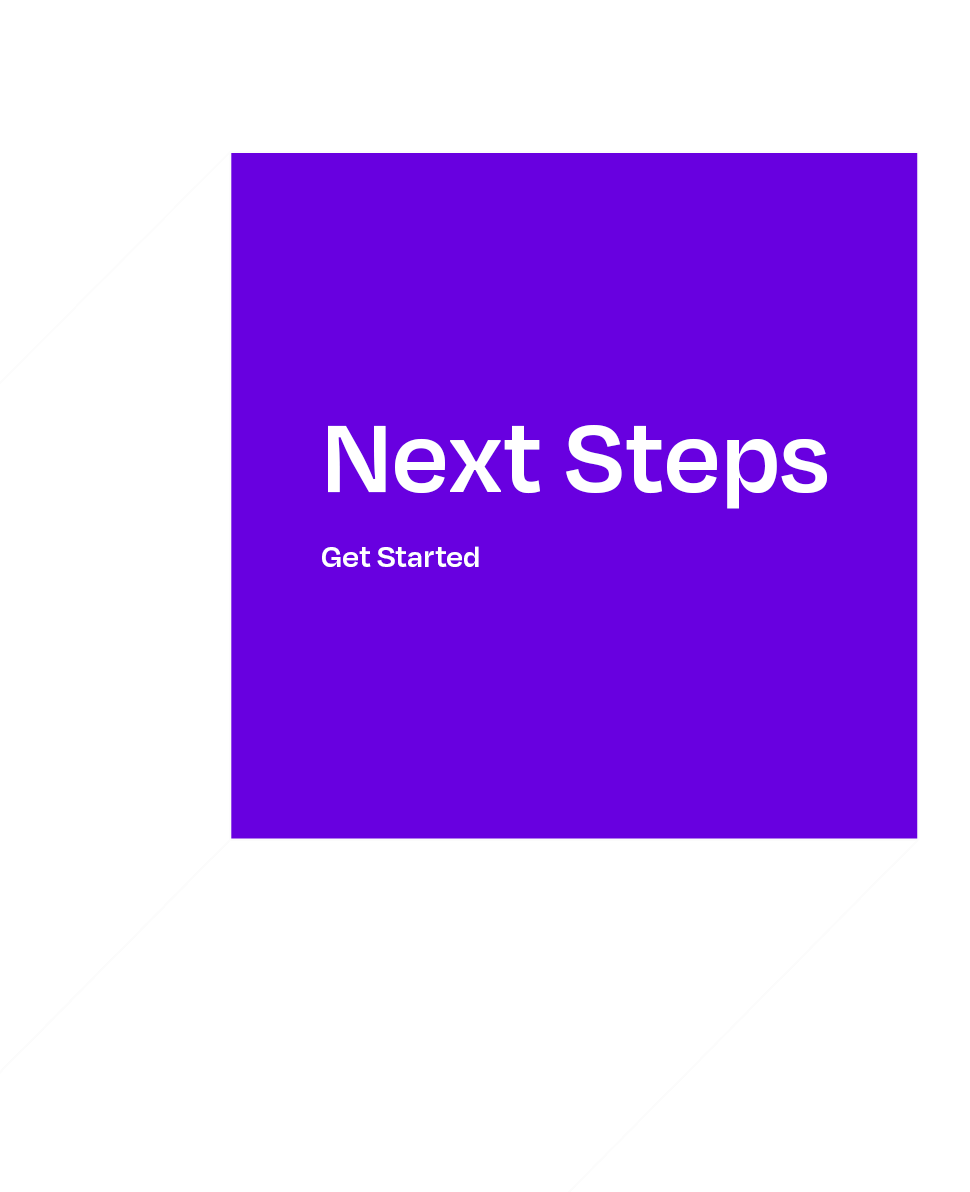While brand perception gets all the attention, the real differentiator is understanding the customer perception of your ads and brand. In this article, we have dived deeper into some of the best ways to measure customer perception of your ads that can help you create impactful and relevant ads. Read more…
Customer perception is essential to building brand equity – the value that the brand brings to the business in terms of sales and profits. It is inextricably linked to the brand’s bottom line; more so in times of crisis.
Customer perception of a brand can either be positive or negative depending on overall messaging, advertising, positioning, reputation, personal experience, customer service, price, and branding. Positive perception means customers have confidence in purchasing and recommending a brand’s products and negative perception tends to affect negatively on brand’s reputation and bottom line.
Even though customer perception plays a key role in building a brand, according to a study by Bain & Company, there is a major disconnect between how brands perceive themselves and how their customers perceive the brands. 80% of brands think they are providing great experiences, whereas only 8% of customers agree with them.
Hence, it becomes necessary to regularly in order to understand what drives it and if there is room for improvement.
There are several ways, manual and automated, to measure how your customers perceive your brand and identify the areas of improvement that can lead to better brand equity and loyalty.
6 Ways to Measure Customer Perception of a Brand
- Brand monitoring & social listening
- Conducting a brand audit
- Customer & perception surveys
- Focus groups
- Use data to understand their emotional connect with the brand
- Use perception technology to predict success of your ads
1. Brand monitoring & social listening
To understand how customers perceive your brand, start by monitoring and listening to conversations happening around your brand. The ever-expanding internet, online communities, and social media platforms are good places to start with.
Nonetheless, following are a few tactics that help monitor your brand across digital channels effectively:
- Setting up Google alerts: It will take less than a minute to set up Google alerts for your brand and you will receive alerts of any web mentions of your brand right in your Gmail. Apart from brand monitoring, you can also set Google alerts for certain keywords and competitors to keep track of market trends and competitor landscape. Google alerts allow you to set the frequency and sources of the alerts as well to give you a focused view.


- Online reviews: Regardless of the business format, B2B or B2C, people tend to trust online reviews and it is a major step in their decision-making process. Constantly monitoring and reading your brand’s reviews will help gain insights into customers’ sentiments and take a charge of the conversations happening around your brand. You can start reading reviews on review sites like Yelp, G2, GoodFirms, Angel’s List, and social media platforms.
Apart from monitoring your brand and how it is perceived by your customers, a few social listening tools can come in handy to be in the loop with all the conversations happening around your brand on social media platforms, forums, and online communities.
Here are a few tools to get started with social listening:
- Meltwater – a social media listening tool that allows you to track your brand mentions and conversations happening around topics important to your brand. It collects information from various platforms like Instagram, Twitter, WeChat, Pinterest, and more. Additionally, it also provides robust features that allow you to analyse all the collected data to understand customer trends, build campaigns backed by data, gather competitor intelligence, and more.
- Sprout Social – a complete social media management tool having necessary features for content management, social listening and analytics, customer care, and employee advocacy. Using Sprout Social, you can learn about your audience, gain actionable insights, and uncover trends in social conversations.
These two tools are just the tip of the iceberg. Choose a social listening tool based on what, why, and how you want to track.
2. Conducting brand audit
A brand audit helps understand how your brand is perceived in comparison to your competitors. Conducting a brand audit is a holistic process that includes primary & secondary research of the target audience, a thorough evaluation of your messaging strategy, brand positioning, and competitive analysis of your products.
An effective way to audit your brand is by categorizing the research into three parts: internal branding, external branding, and customer experiences.
Before conducting a brand audit, finalize the purpose and goal of your brand audit which would come in handy to define the plan and measure results.
Related: Here is a detailed guide to conducting a brand audit by Indeed.
3. Customer & perception surveys
Surveys are quick and simple and help you understand what your customers think about your brand, customer service, and products. They use reliable metrics like CSAT (customer satisfaction) and Net Promoter Score that can help understand satisfaction levels and categorize customers into categories like promoters, passives, and detractors.
It is a good practice to conduct such surveys quarterly to track & monitor perception or run them along with your advertising campaigns to gauge the effectiveness of your ads.

A few powerful questions to include in your next customer or perception survey:
- When you think of our brand, what is the first thing that comes to your mind?
- An open-ended question: how would you describe the last experience you had with our brand?
- A standard question in NPS survey: how likely are you to recommend our brand/s to your friends & family?
4. Focus groups
This method might come across as archaic and outdated but the fact is that it still works well and can help you gain insights into how your customers feel about your brand.
To conduct a focus group, tap into the current customers’ list and reach out to them, about your brand would proactively share their experiences and opinions.

5. Use data to understand their emotional connect with the brand
The process of building a brand by connecting with customers emotionally and appealing to their emotional state, needs, and aspirations is called emotional branding . Emotion is the new currency for marketers to explore. When you invest in connecting with customers’ emotions, the payoffs can be huge.
In order to calculate the emotional connection between the customers and your brand, firstly, understand the motivators behind your customers’ purchasing, spending, loyalty, and advocacy. Then quantify these motivators to calculate the emotional connection score. To read more about how to calculate the emotional score of your brand, refer to this insightful article by HBR on The New Science of Customer Emotions
6. Use perception technology to predict the success of your ads
Various AdTech tools and platforms are utilizing perception technology to help you understand how your marketing collaterals like display and video content might be perceived by your target audience.
Incivus, a creative intelligence platform, evaluates your display and video ad content on essential attributes like memorability, attention, key frame analysis, and the impact of music, colors, brand cues, human presence, and more.
Based on the insights provided by Incivus platform, you can tweak your creatives and content to improve brand recall and recognition. The platform eliminates the cost incurred for A/B testing entirely, directly impacting the return on ad spend positively.
Filling the Big Perception Gap
As a brand, it is imperative to understand the customers’ perception of your brand. The more proactive you are in listening and measuring it, the better you are able to devise your messaging, offerings, customer service, and as a result, your customers have more and better reasons to stay longer with you.





